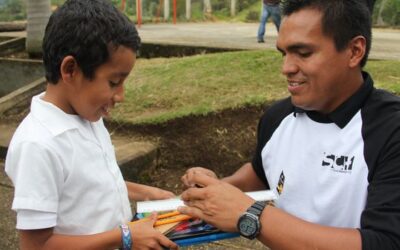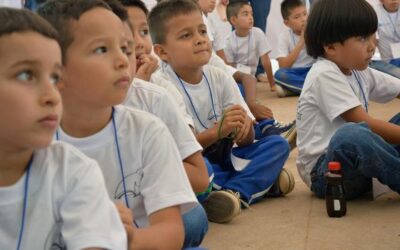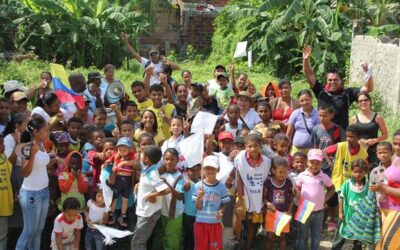Infrastructure
Construction and remodeling of facilities and systems necessary for schools and communities to grow and excel.
The Challenge
Public education in developing countries has revealed that poor infrastructural conditions inhibit the ability to provide quality education. Schools may lack basic infrastructure standards such as adequate classrooms, recreational spaces, safe rooms to safeguard equipment, libraries and other important spaces for academic and social development. This type of educational environment not only affects teachers’ working conditions, but also negatively influences educational outcomes and access to basic education.
Inadequacy of learning spaces is a latent factor for out of school children in rural areas where the school suffers from overcrowded classrooms. This problem presents an enrollment capacity issue, by which many students may be turned away from school due to its physical capacity, pedagogic challenges and organizational issues.
The Opportunity
Improving school infrastructure and creating adequate classroom space will allow students and teachers a learning space more conducive to learning. This needed construction and remodeling of educative facilities will improve many of the challenges faced by school staff. Additionally, adequate space will allow schools to accommodate all students, cut class sizes and heighten educational standards. No child would be denied a basic education.
Creating multipurpose rooms will facilitate a space appropriate for different social and academic performances, in addition to parent meetings and educational seminars. This type of space provides a valuable venue where the whole community can exchange information, hold cultural gatherings, presentations, and many other activities that could not be heldin the past.
BLOG SMILE
Vital medical outreach focusing on basic hygiene and quality health care needs– including dental care, medical check-ups, medical supplies, visual care, etc.
An update from our founders!
Hi we’re Edwin Amaya and Erika Perdomo, founders of Smile Education Foundation! We’re so happy to still be working with SEF after all these years, and we definitely want to thank all of the donors and volunteers that have been with us throughout this exciting...
Summer Interns in Colombia
Hola! We’re Julia and Carey, students from the University of Oklahoma who’ve come Colombia to volunteer with SEF. A little bit about us- Julia: A junior studying Economics and International Security Studies from Houston, Texas. Half-Colombian, Half-American, and I’m...
Who are we and what do we do?
Smile Colombia Foundation was founded in August 2009 by Edwin Amaya in Oklahoma. Edwin’s inspiration is based in his own family’s story. Knowing and understanding the struggles his grandmother endured raising his mother and seven other children as a single mother in...




